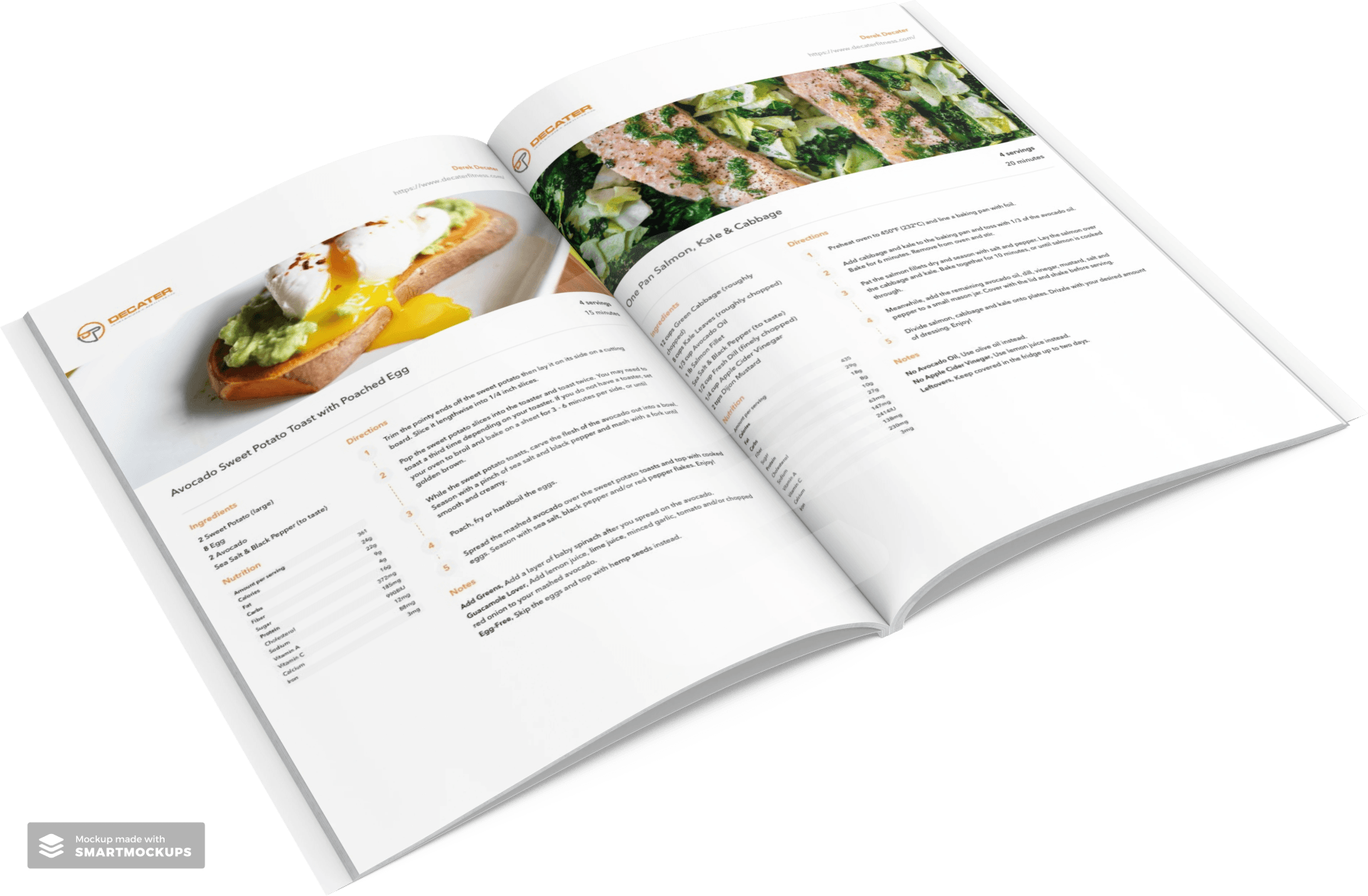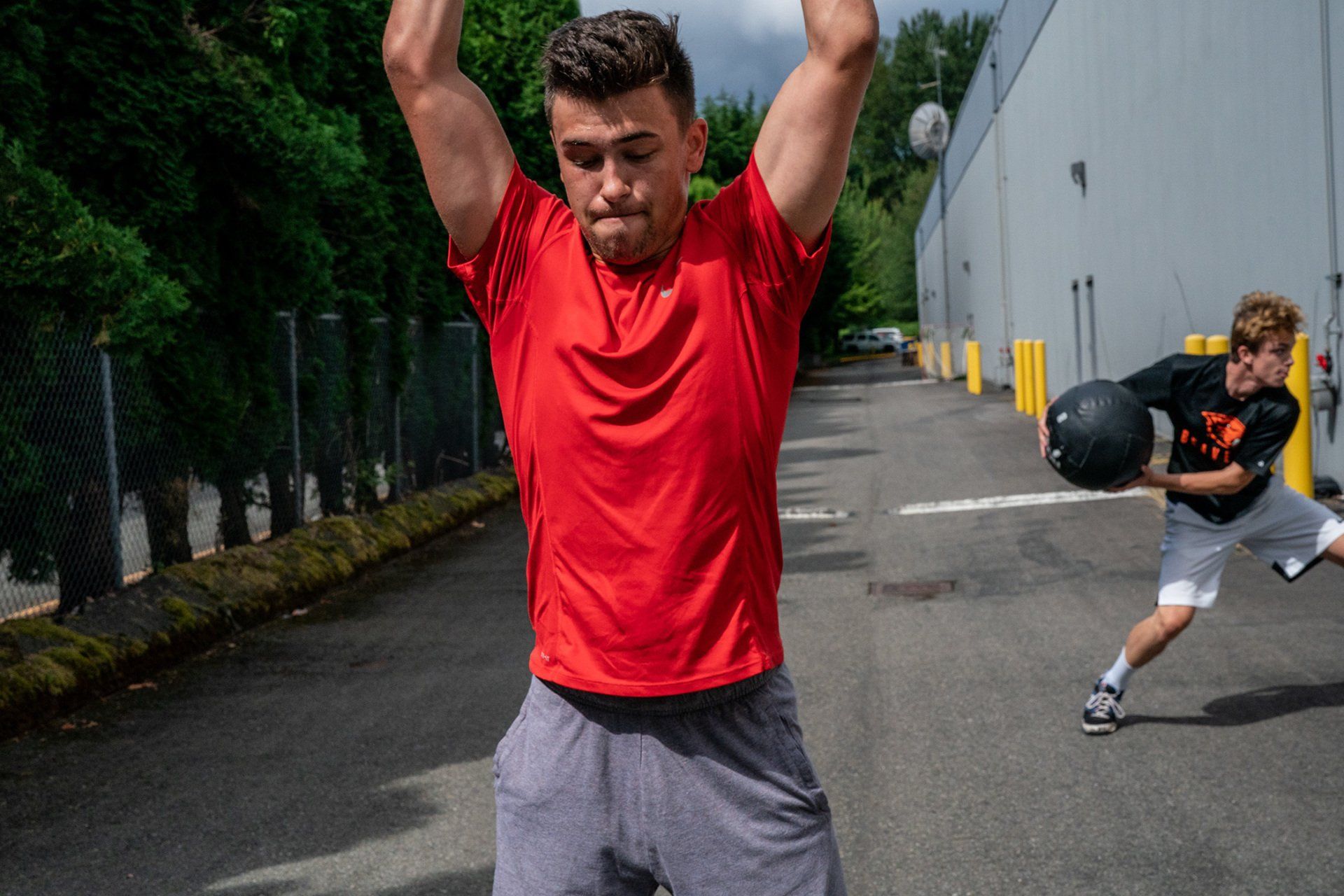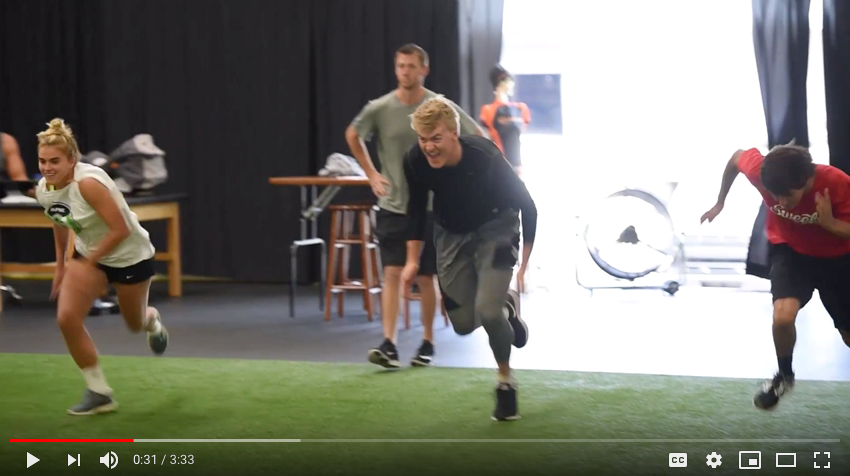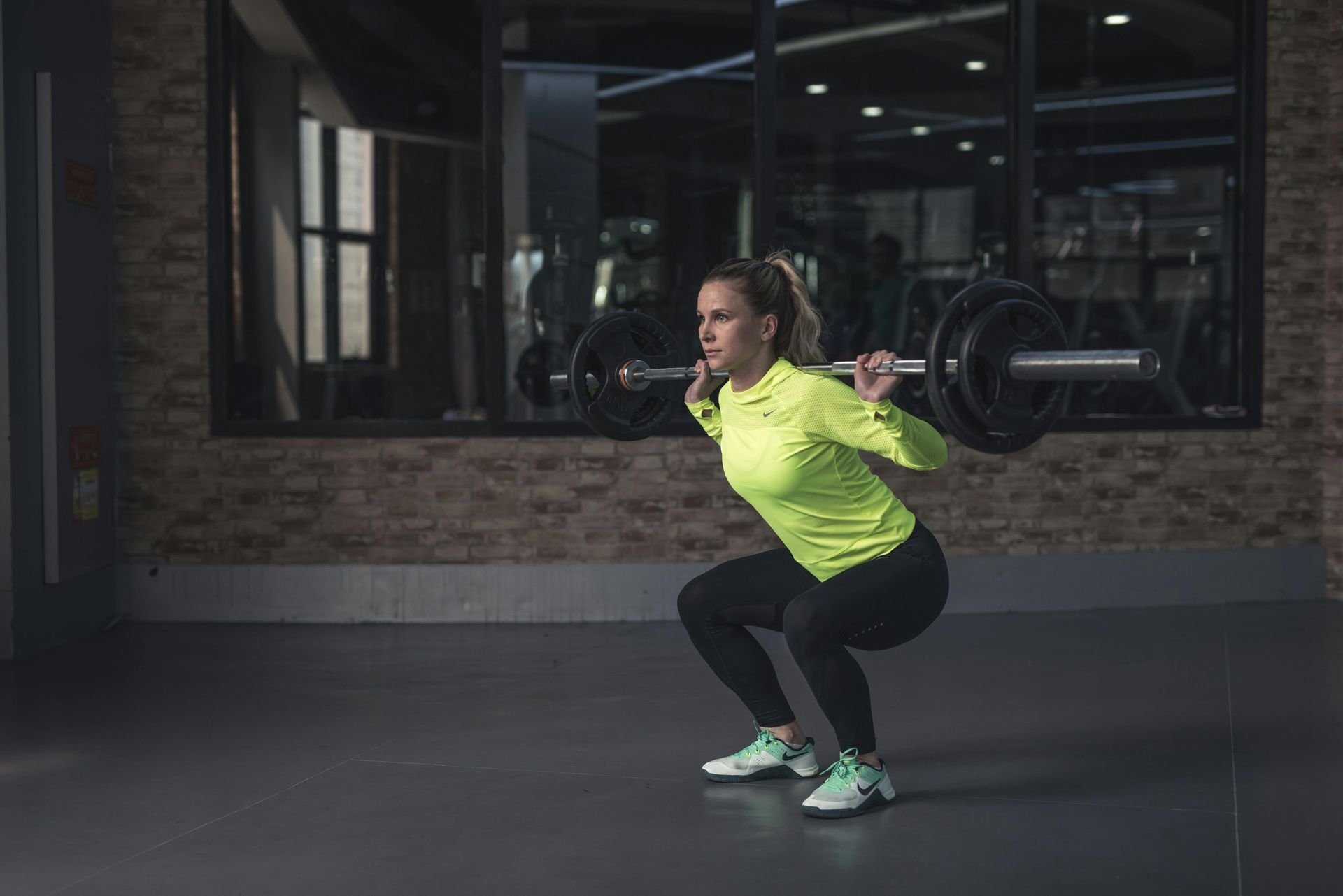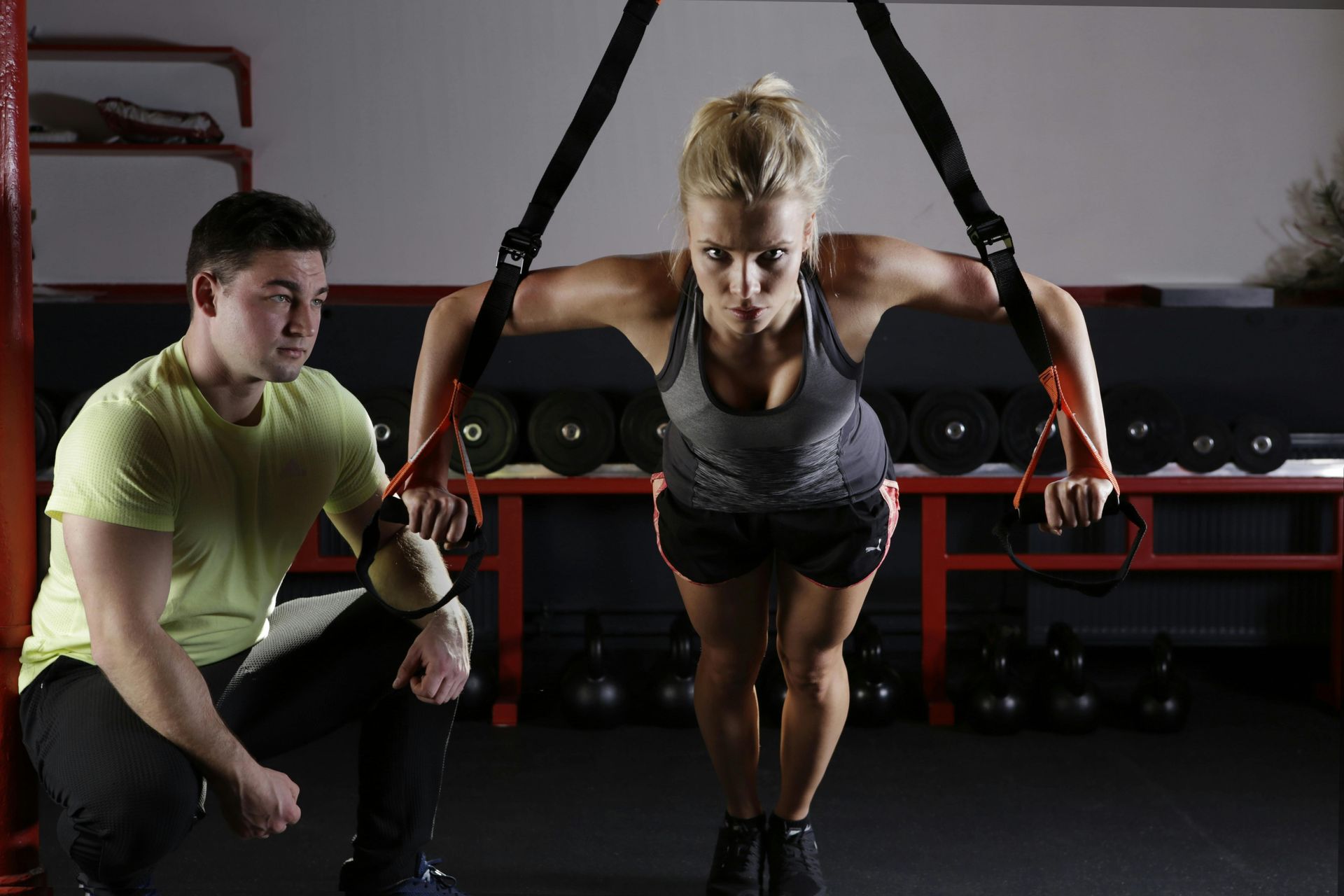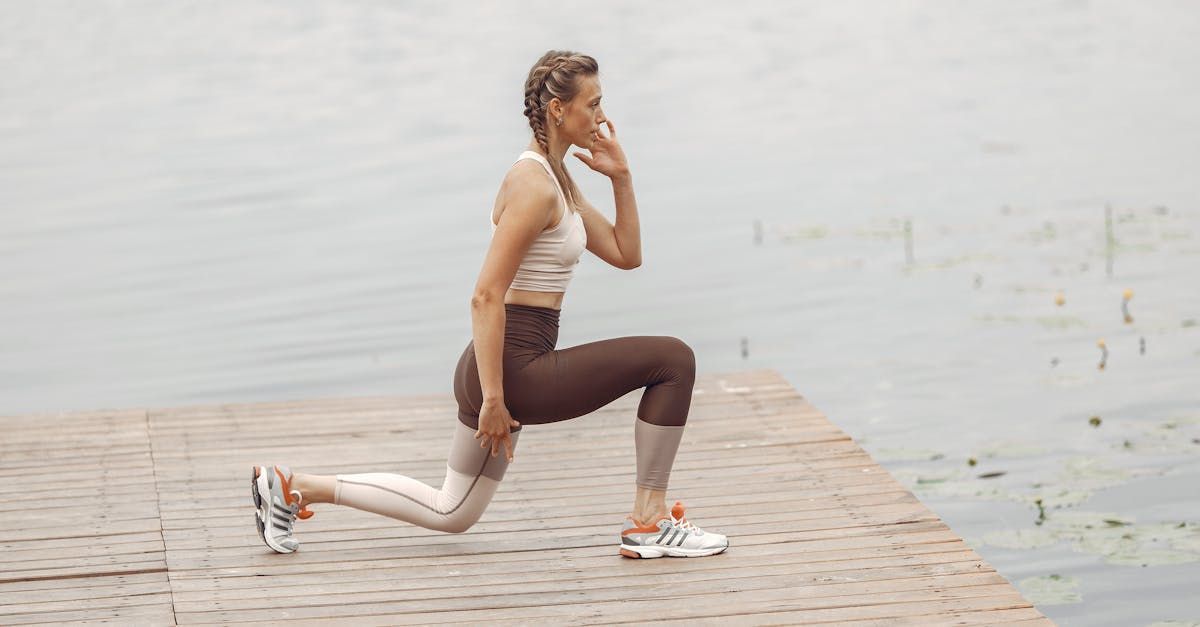The Good, Bad and Ugly Of Agility Ladder Training
Trying to Get Faster?
https://www.youtube.com/watch?v=ElWLb9-0I7o&feature=youtu.be
The agility ladder is not for you then. Though there are some people who could benefit from it, which we will talk about later, the majority of athletes don’t benefit from it.
Have you seen those videos of athletes flying through the ladder. I mean moving a hurricane behind them. Do they ever look like that in a game?
99% chance that’s a no.
Instead, here are the 3 things I do instead of using the ladder with my athletes.
1) Continuous Plyometrics and Bounds. There are so many variations perform, but keep it simple.
2) Change of Direction Drills - We will use various forms of the 5-10-5 and shuttle drills to work on changing direction. Check out the video below for one of my favorite change of direction drills.
If you are an athlete that wants to get better continuous jumps and bounds, change of direction, and reactive drills are the bread and butter of your speed training.
However I did mention there are two groups who can see tremendous results with the agility ladder. Middle school athletes from 11-13 and deconditioned individuals.
Ages 11-13 is the age most adaptive to increasing strength frequency due to the hyper moldable central nervous system at this age. This age group benefits the most from foot frequency drills.
If you are just starting training ladder drills can be great for pattern recognition and mechanics. If you are just starting out EVERYTHING will make you stronger and faster. --

